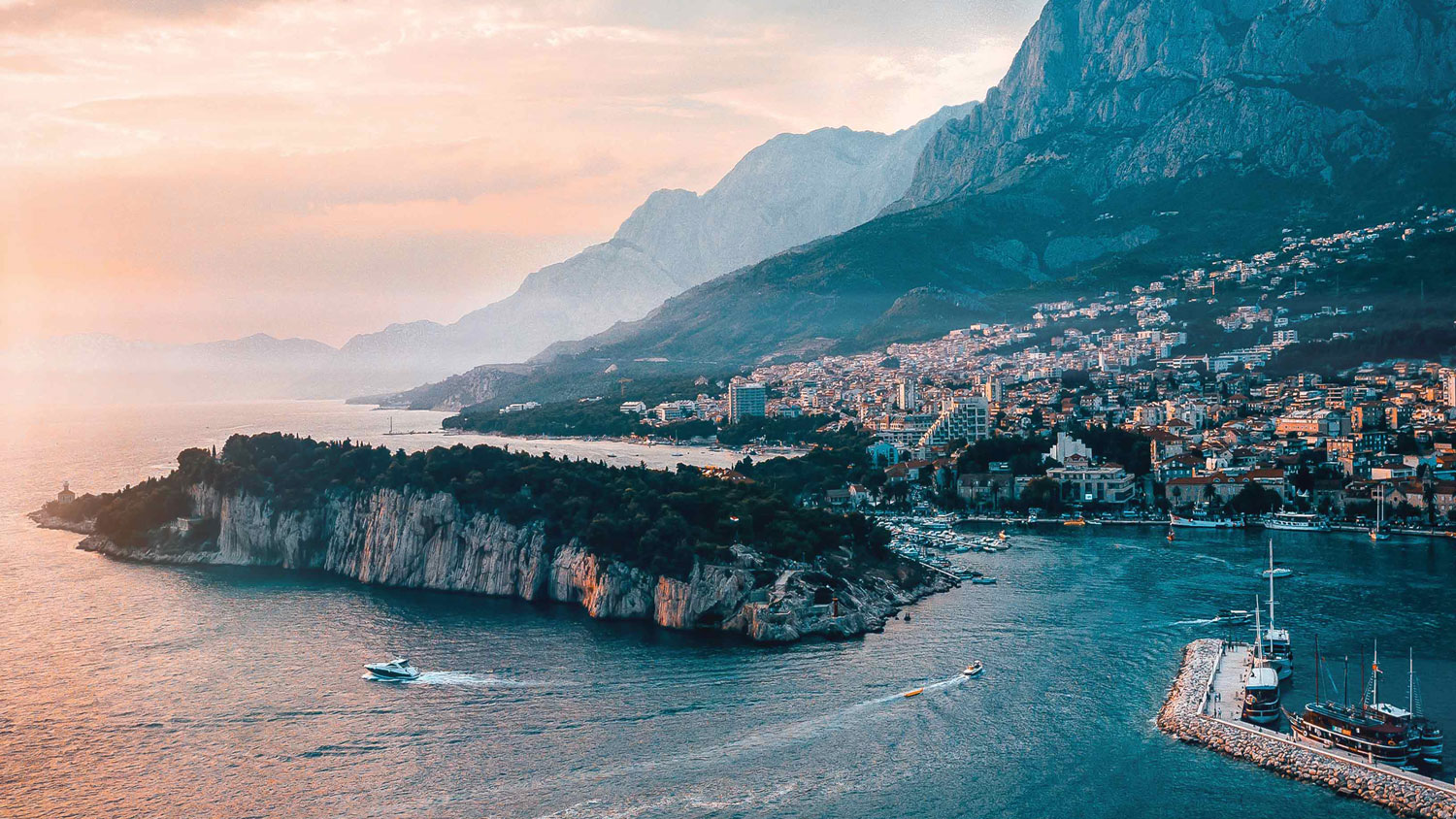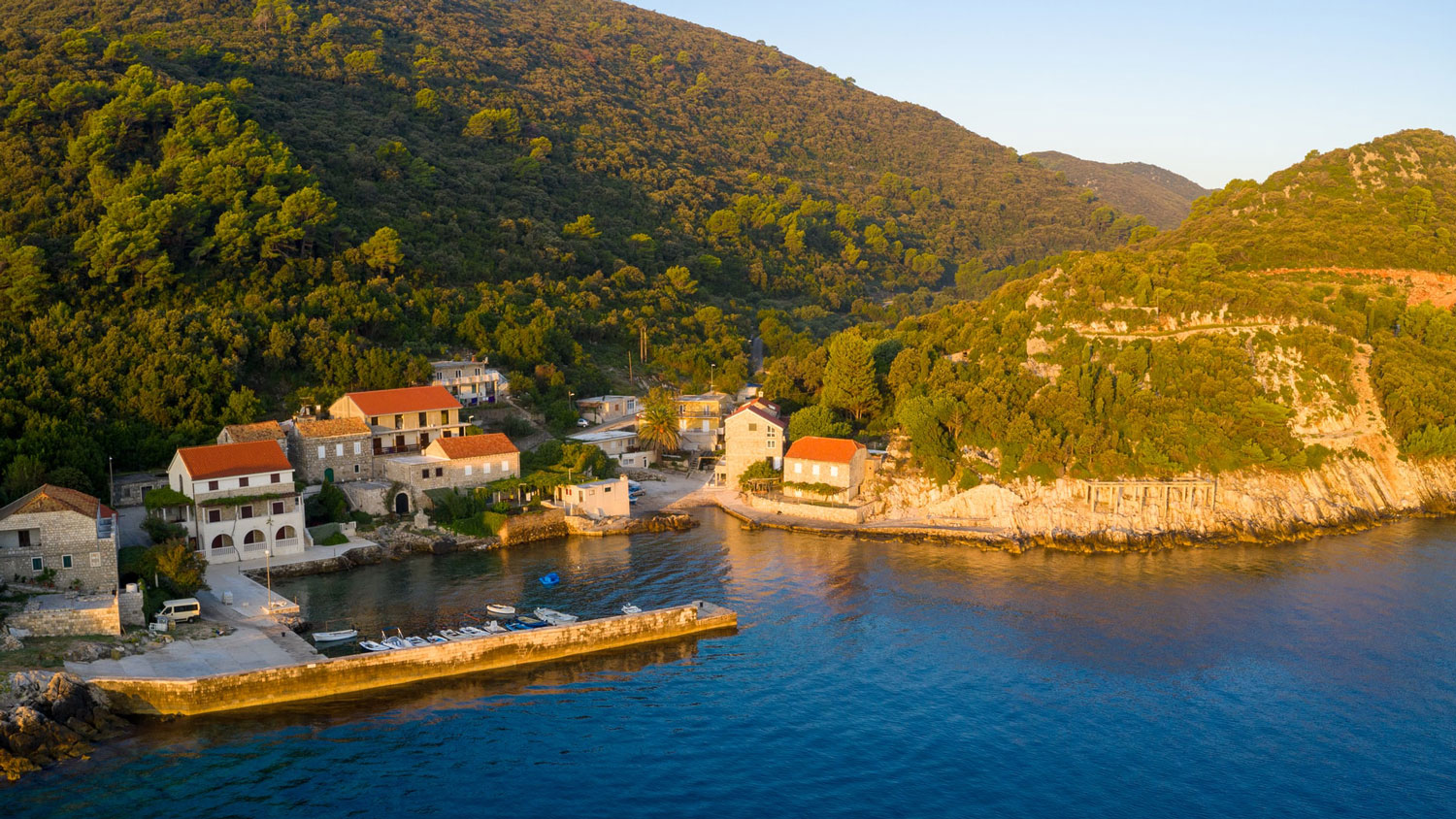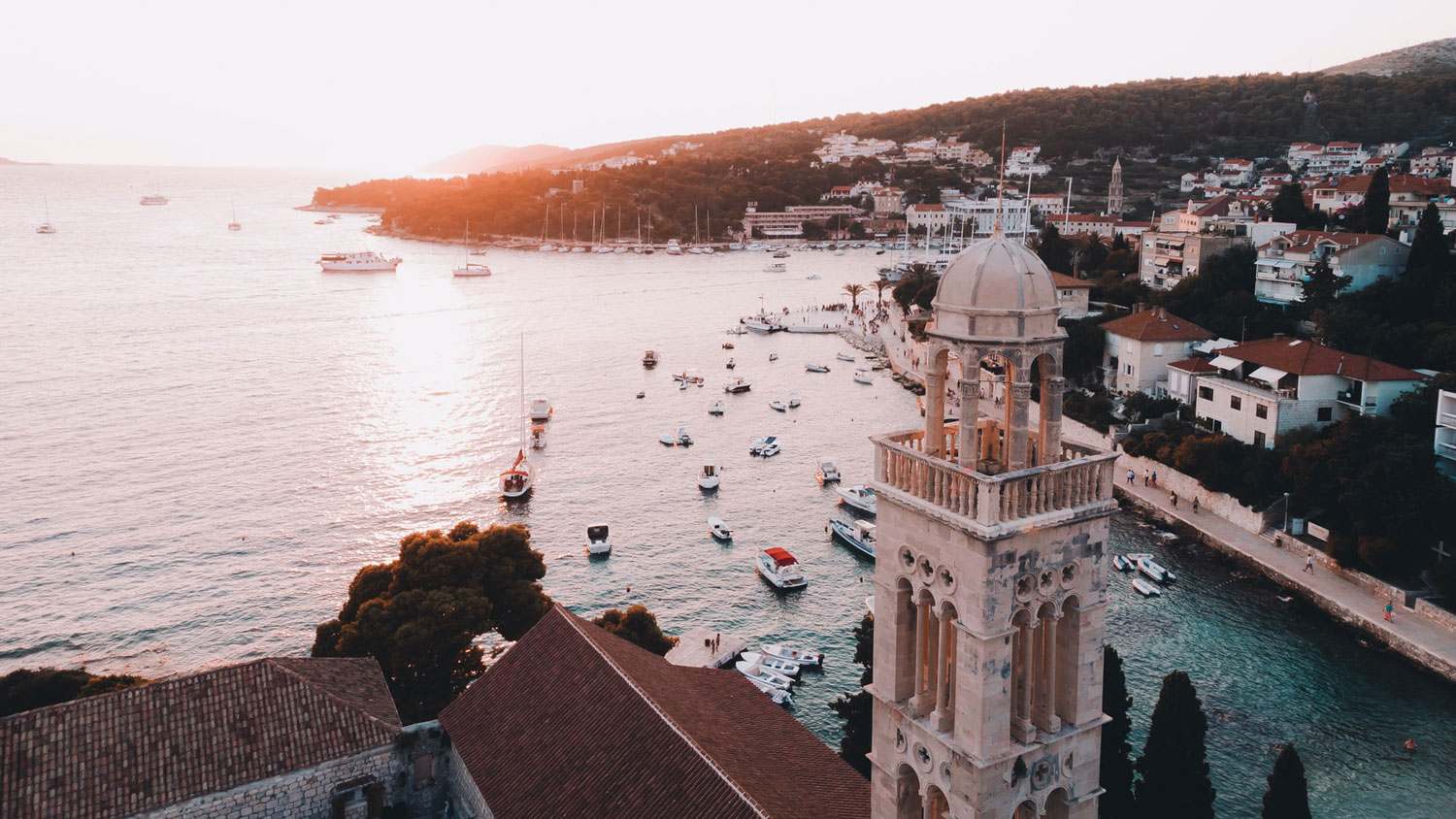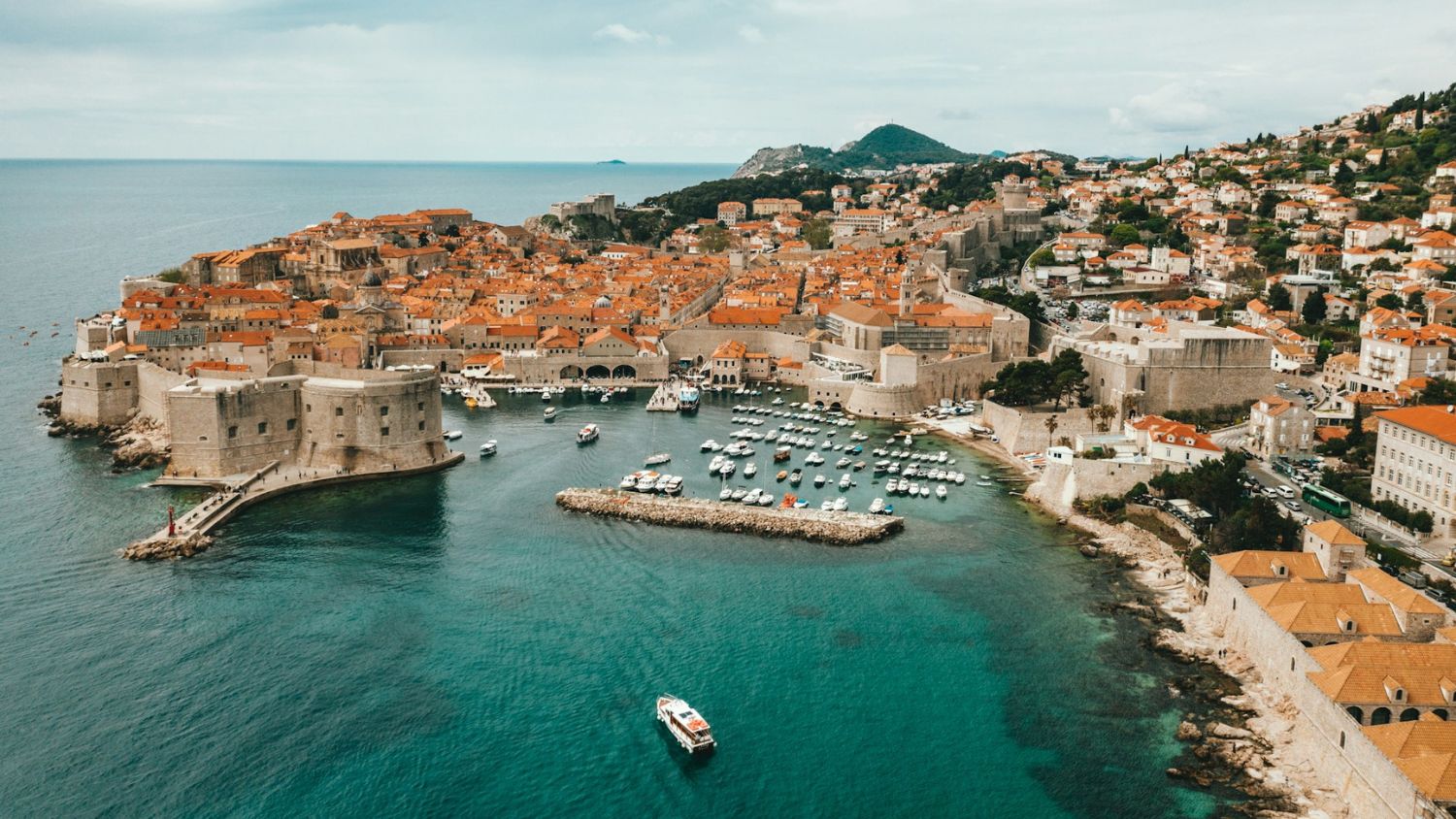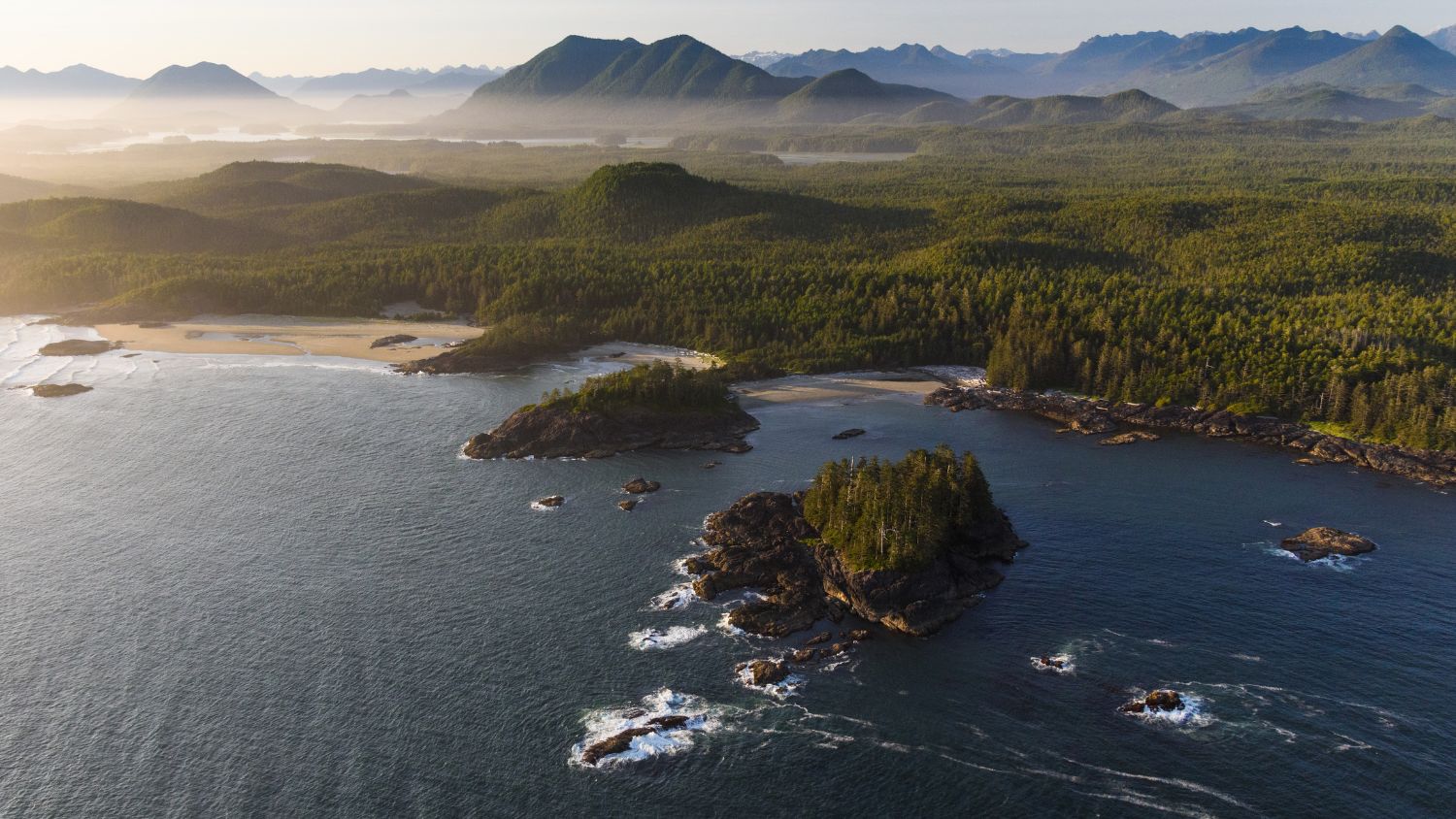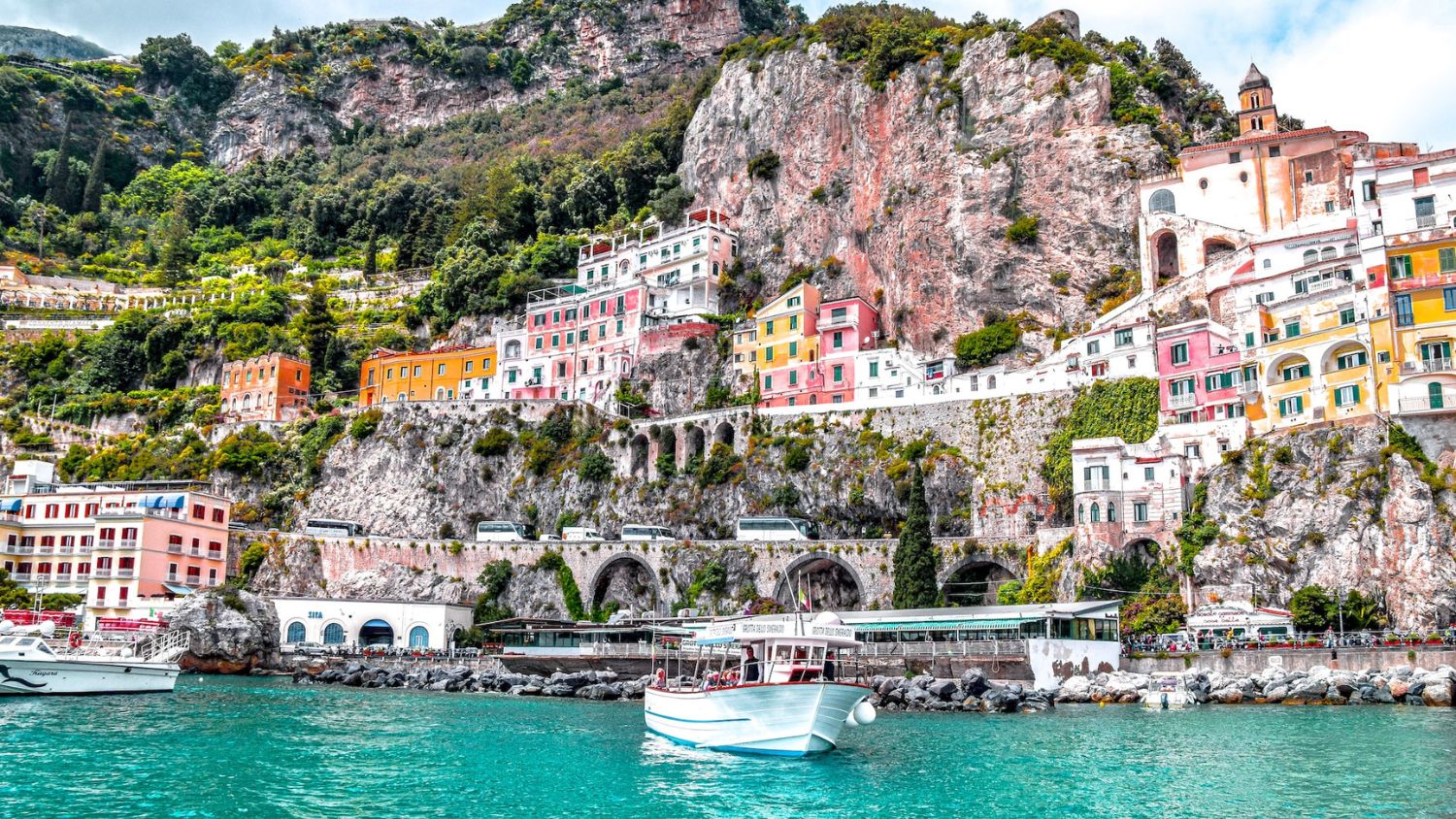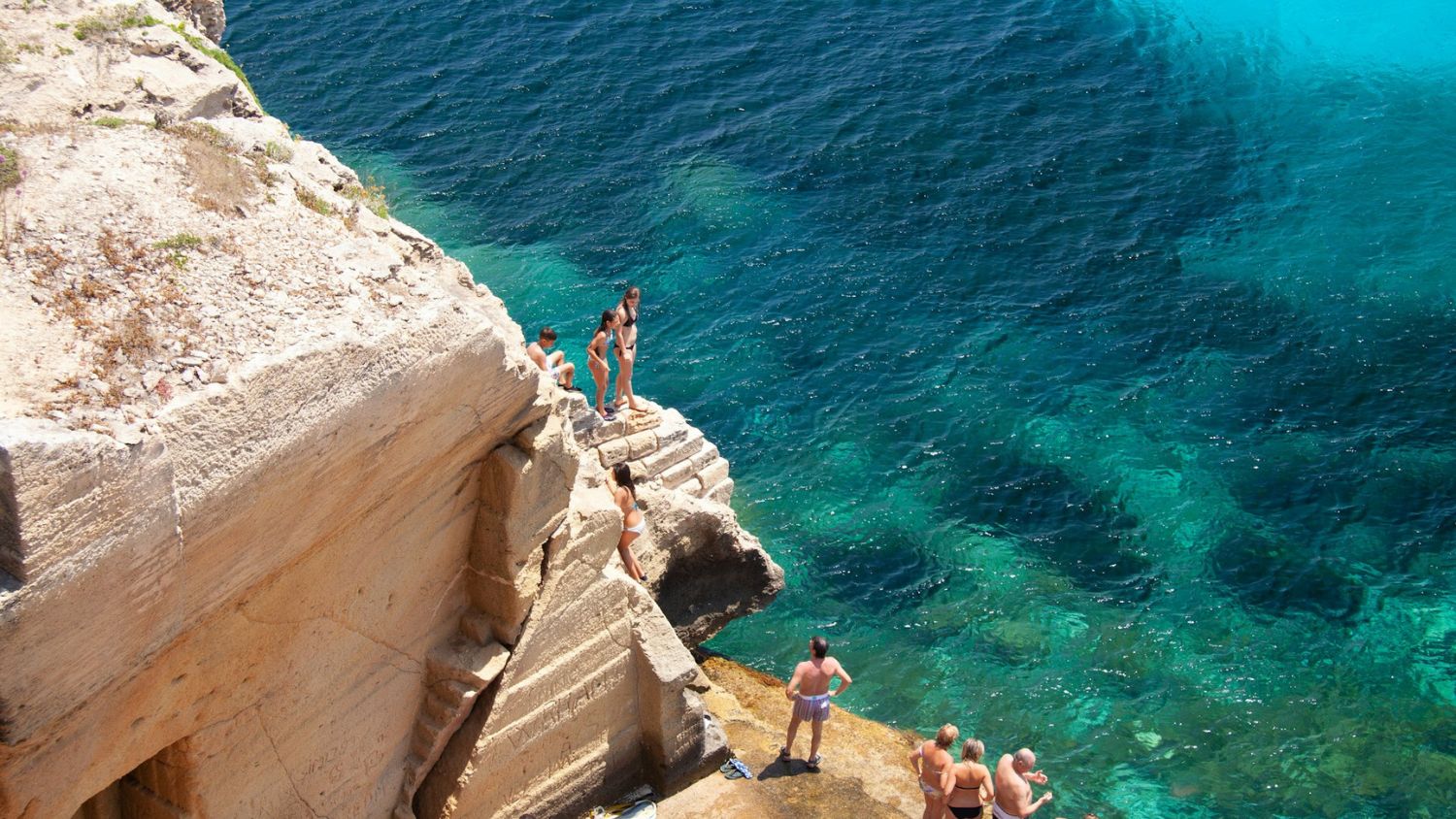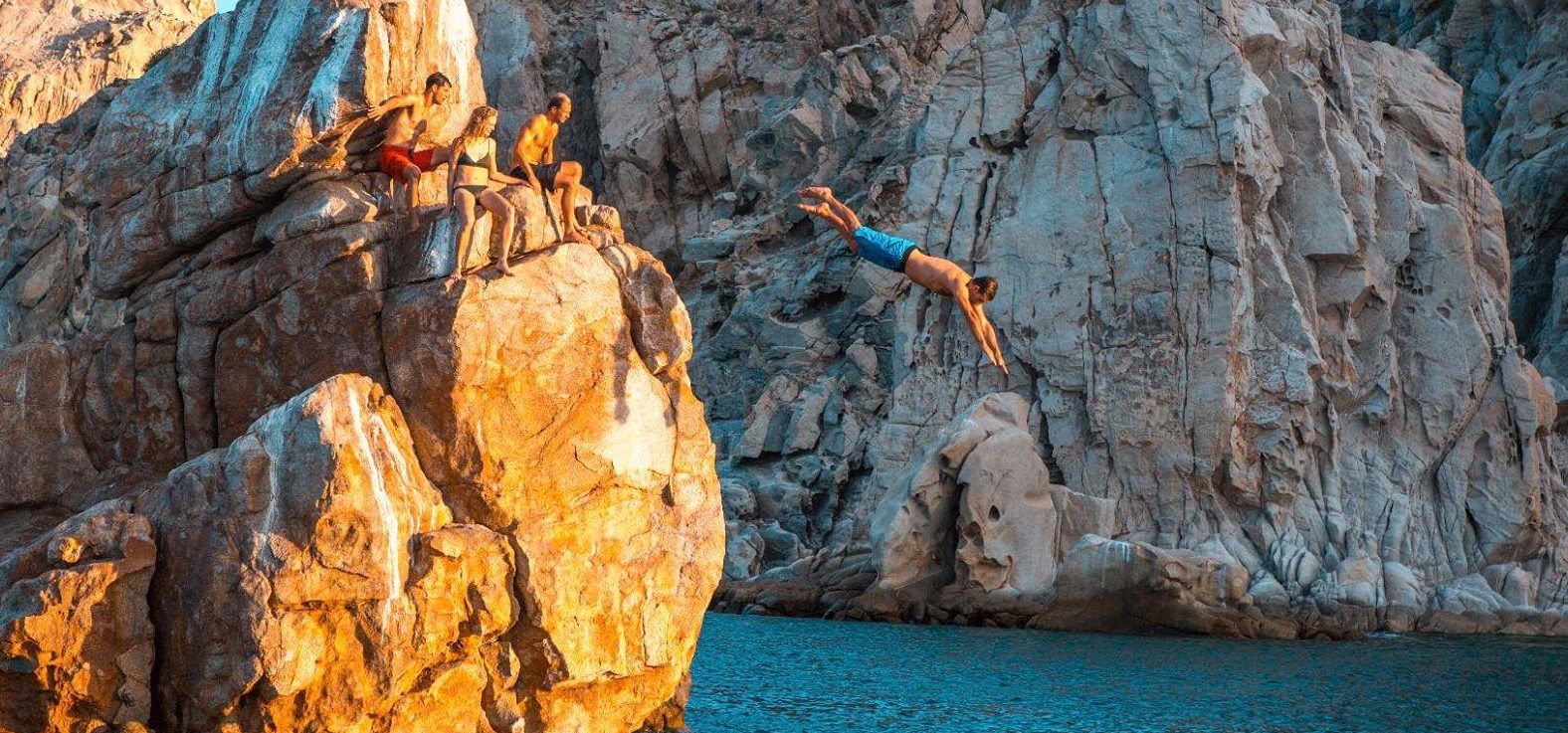Medieval towns, seaside olive groves, vineyards on craggy mountains, fields of rosemary—it sounds like France or Italy, but this is Croatia’s Dalmatian Coast. And while it’s not exactly a ‘secret’ anymore, I can still find hidden coves and deserted beaches along this string of islands dotting the Adriatic Sea.
After all, there’s 1,800 kilometres of coastline and 1,100 islands and islets here—some green and lush, others karst-rock—and more than 80 percent of these islands are uninhabited. Most can be reached by ferry from the mainland, but I chose to island hop on a traditional boat, gleaming of polished wood and brass.
Whether holiday-makers want to be immersed in nature, stroll through centuries-old walled towns or party until the sun comes up, there’s a Dalmatian island for that. Here are three ways to experience Croatia’s Dalmatian Coast.

